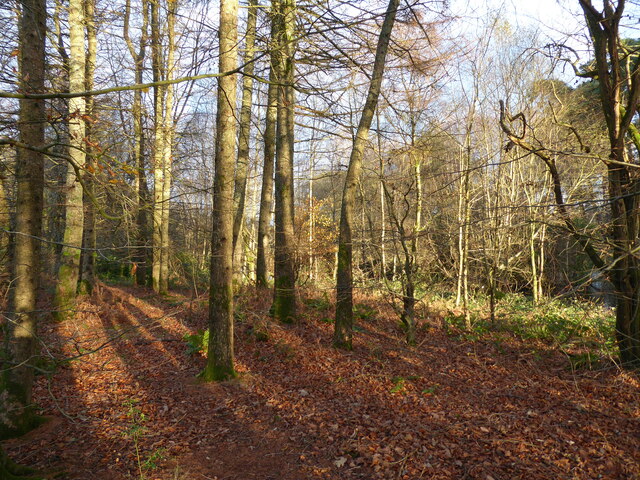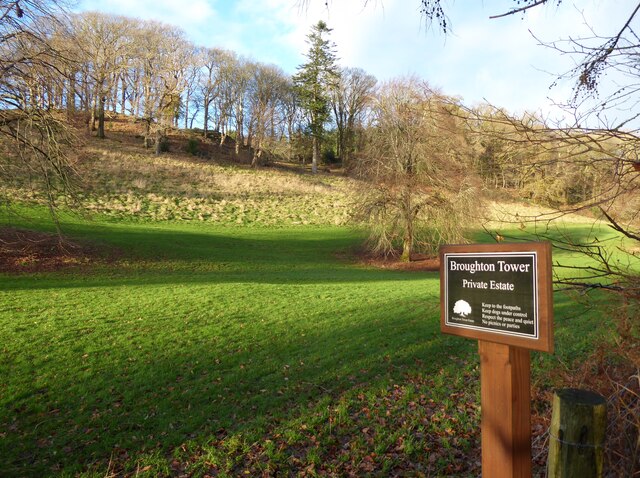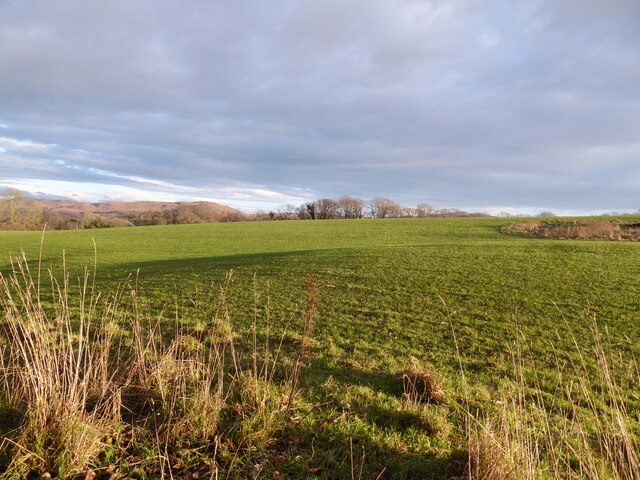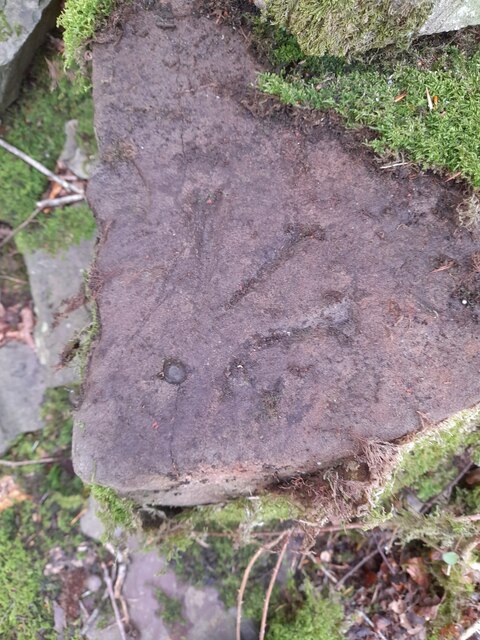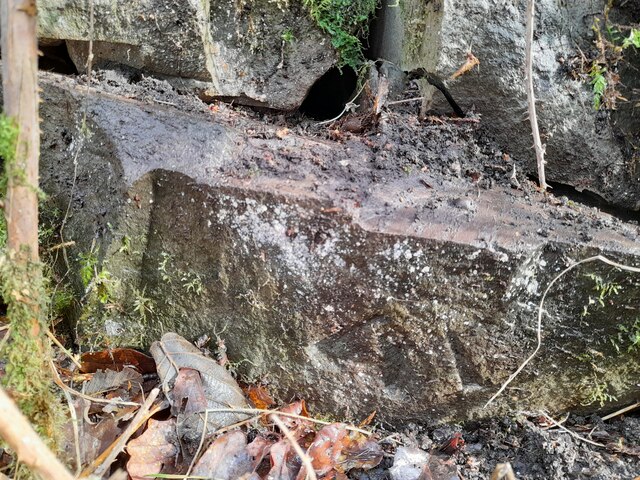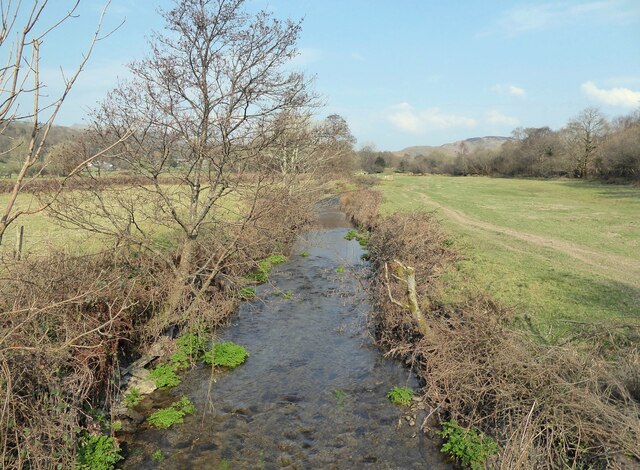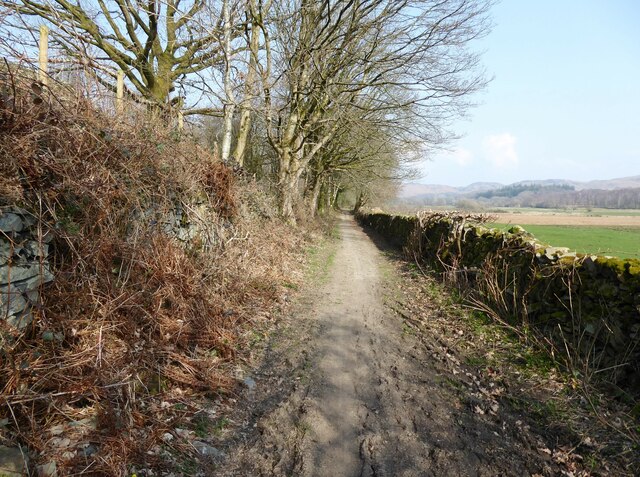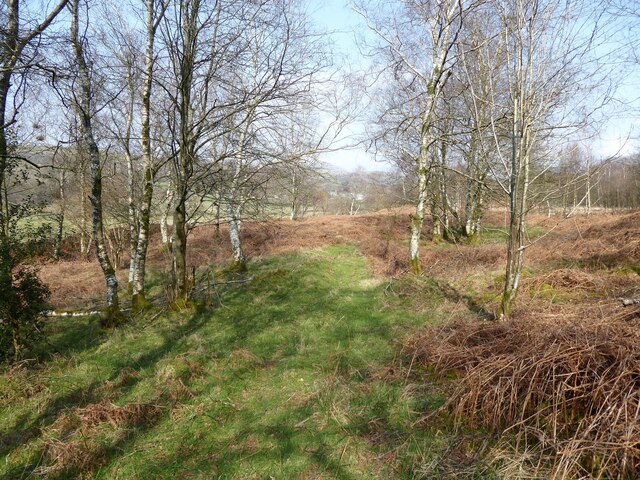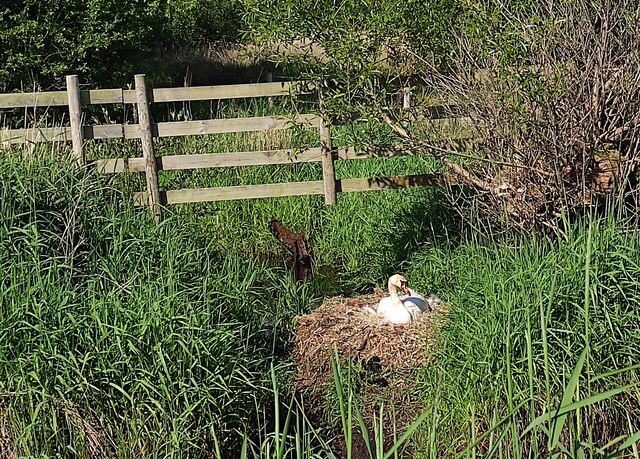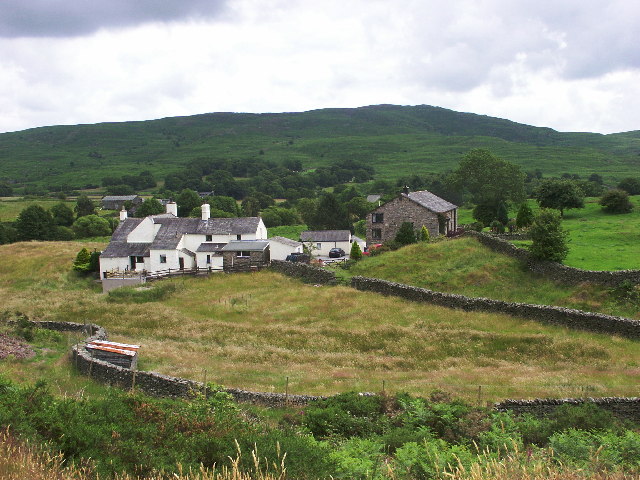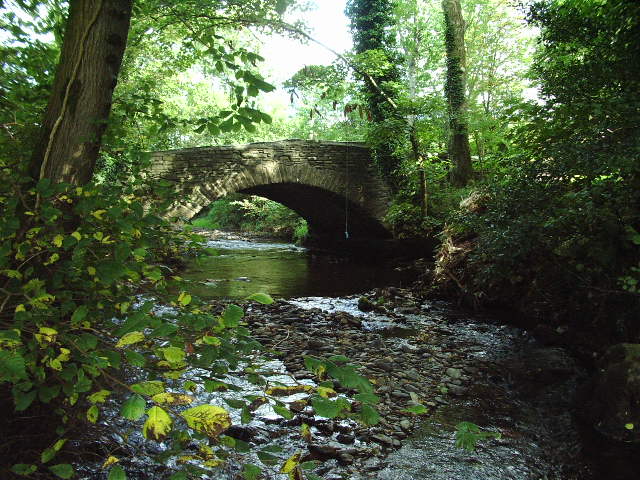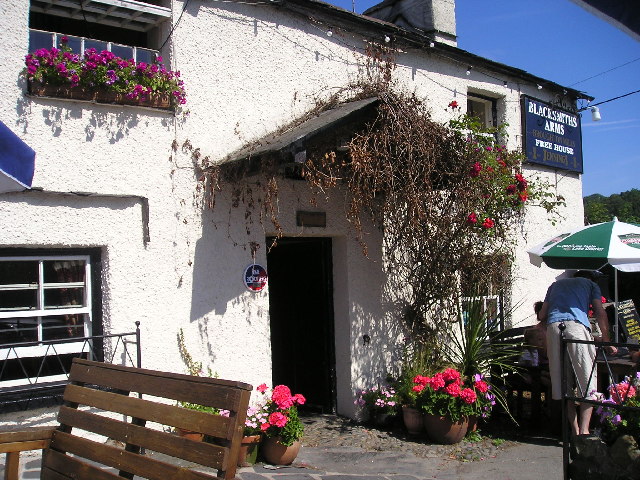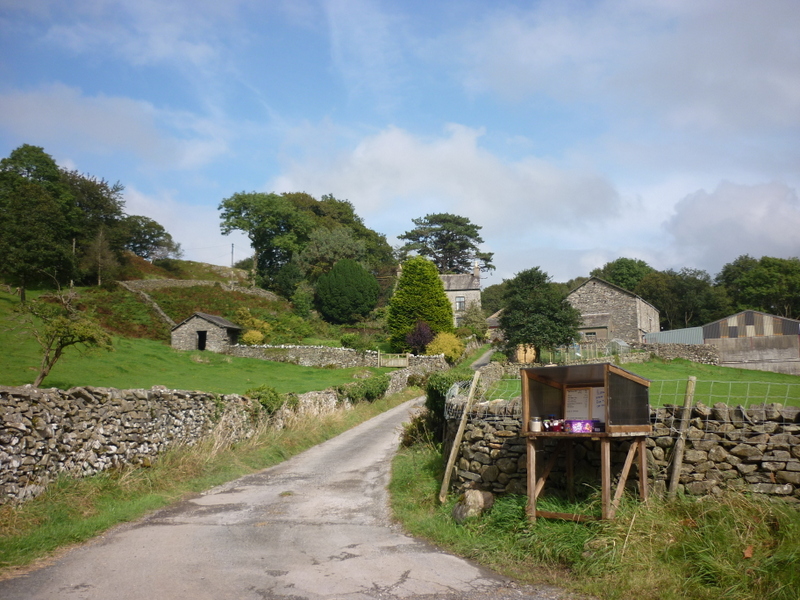Hollow Wood
Wood, Forest in Lancashire South Lakeland
England
Hollow Wood
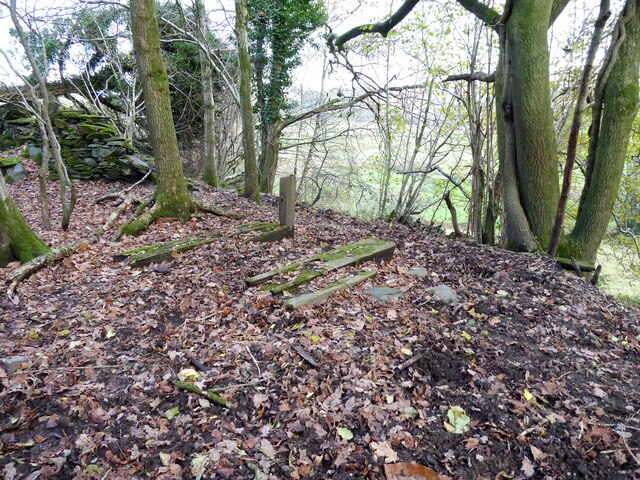
Hollow Wood is a picturesque forest located in the county of Lancashire, England. Situated in the rural village of Wood, this enchanting woodland area spans over several acres and is renowned for its natural beauty and diverse ecosystem.
The forest is characterized by its dense canopy of trees, predominantly consisting of oak, beech, and birch. These towering trees provide a sense of tranquility and shade, making it an ideal destination for nature enthusiasts and hikers alike. The forest floor is covered with a lush carpet of moss, ferns, and wildflowers, adding to the magical ambiance of the woodland.
Hollow Wood is home to a rich array of wildlife, including several species of birds, mammals, and insects. Birdwatchers can spot various woodland birds, such as woodpeckers, owls, and thrushes, while lucky visitors may even catch a glimpse of a red squirrel or a roe deer roaming within the forest. The woodland's diverse ecosystem also supports a wide range of insect life, including butterflies, beetles, and dragonflies.
Visitors to Hollow Wood can enjoy a network of well-maintained walking trails that meander through the forest. These trails offer stunning views of the surrounding countryside and provide an opportunity to immerse oneself in nature's beauty. Additionally, the forest has designated picnic areas, making it an excellent spot for a leisurely outdoor lunch or a peaceful family gathering.
With its serene atmosphere and breathtaking scenery, Hollow Wood is a true gem in the heart of Lancashire. Whether it's a leisurely walk, birdwatching, or simply seeking solace in nature, this enchanting woodland has something to offer for everyone.
If you have any feedback on the listing, please let us know in the comments section below.
Hollow Wood Images
Images are sourced within 2km of 54.297596/-3.1895959 or Grid Reference SD2289. Thanks to Geograph Open Source API. All images are credited.

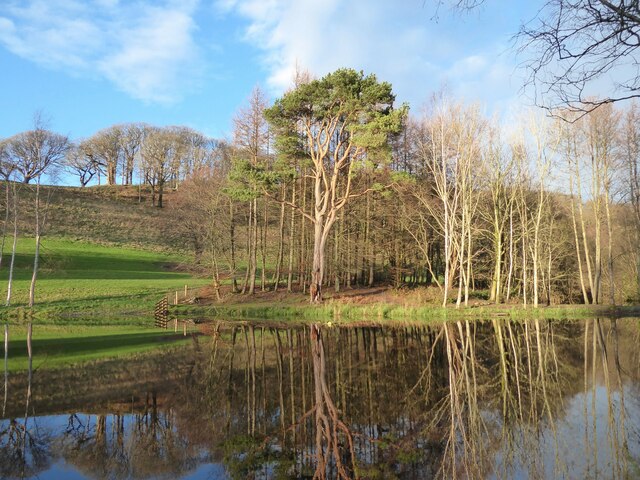
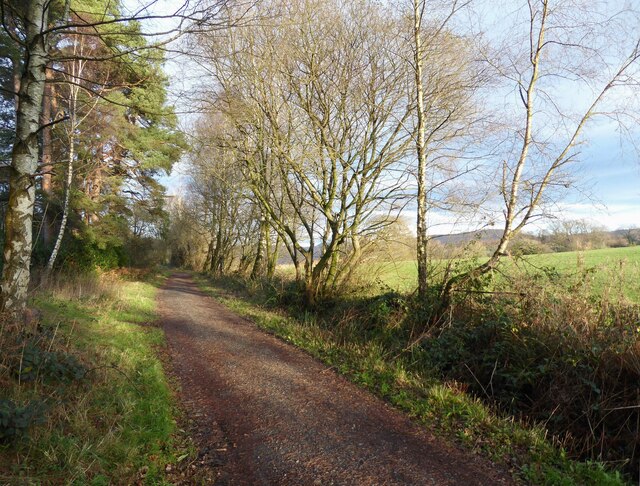
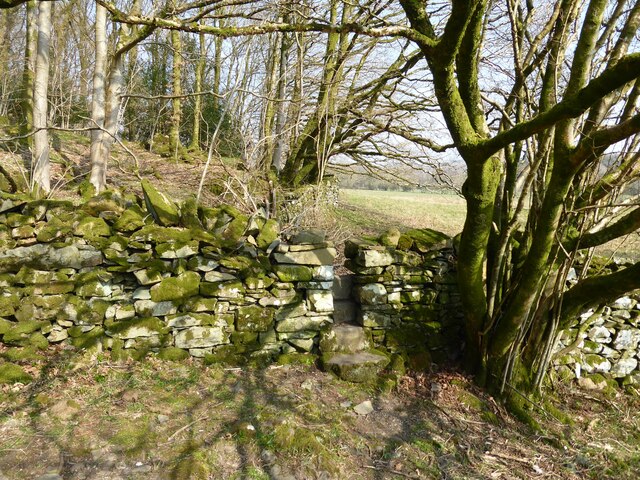
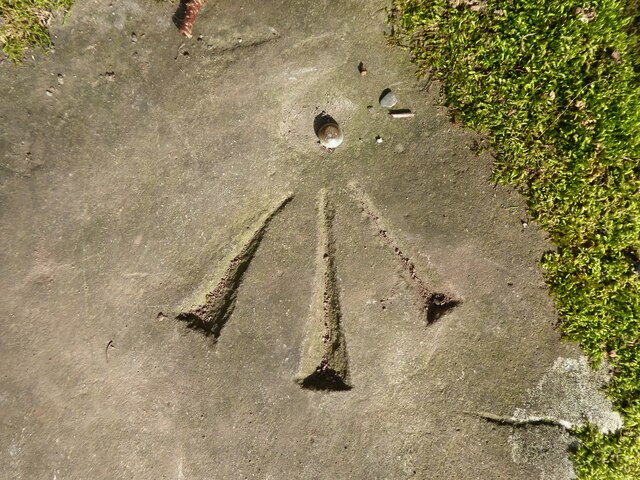
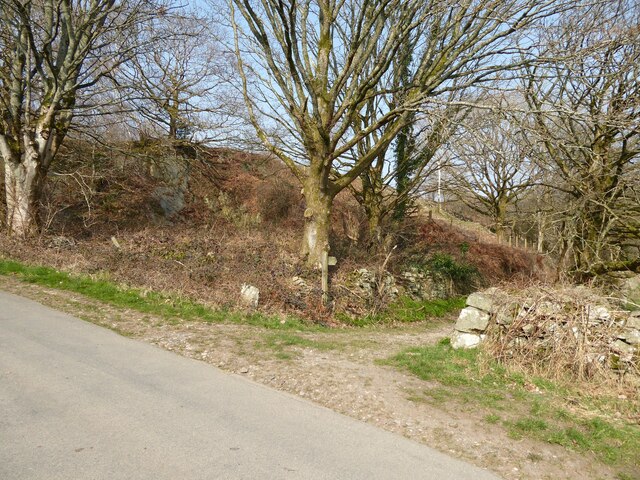
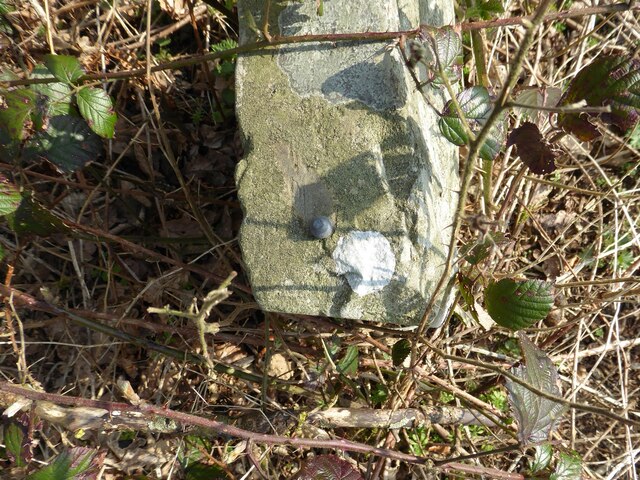
Hollow Wood is located at Grid Ref: SD2289 (Lat: 54.297596, Lng: -3.1895959)
Administrative County: Cumbria
District: South Lakeland
Police Authority: Cumbria
What 3 Words
///bungalows.guilty.plea. Near Millom, Cumbria
Nearby Locations
Related Wikis
Broughton West
Broughton West is a civil parish in the Westmorland and Furness district of Cumbria, England. In the 2001 census the parish had a population of 954, decreasing...
Broughton Mills
Broughton Mills is a village in Cumbria, England, located 3.5 kilometres from the larger town of Broughton-in-furness. The village consists of about 40...
Blacksmiths Arms, Broughton Mills
The Blacksmiths Arms is a Grade II listed public house at Broughton Mills, Cumbria, England.It is on the Campaign for Real Ale's National Inventory of...
Rosthwaite, Broughton West
Rosthwaite is a settlement in the Broughton West civil parish of Westmorland and Furness, Cumbria England. It is part of the Lake District, 3 miles (4...
Related Videos
Caw from The Hawk
Exploring some Outlying Wainwights from The Hawk.
The best ride I have had in the Lake District and a Perfect Pint Awaits!
I Ride through the best Lake District countryside that I have seen so far and I meet a Barmen called Zack in a country Inn with the ...
The glorious western Lake District from above on a perfect evening.
Shot on Insta360 Sphere strapped to a DJI Air2 s The zoom towards the end is towards Scafell Pike, Englands highest hill.
The Old School House Caravans | Broughton in Furness | Caravan and Motorhome Club Certified Location
A lovely CL on the edge of the English Lake District, where you'll only ever find max 4 units at a time. With plenty of walking ...
Nearby Amenities
Located within 500m of 54.297596,-3.1895959Have you been to Hollow Wood?
Leave your review of Hollow Wood below (or comments, questions and feedback).
